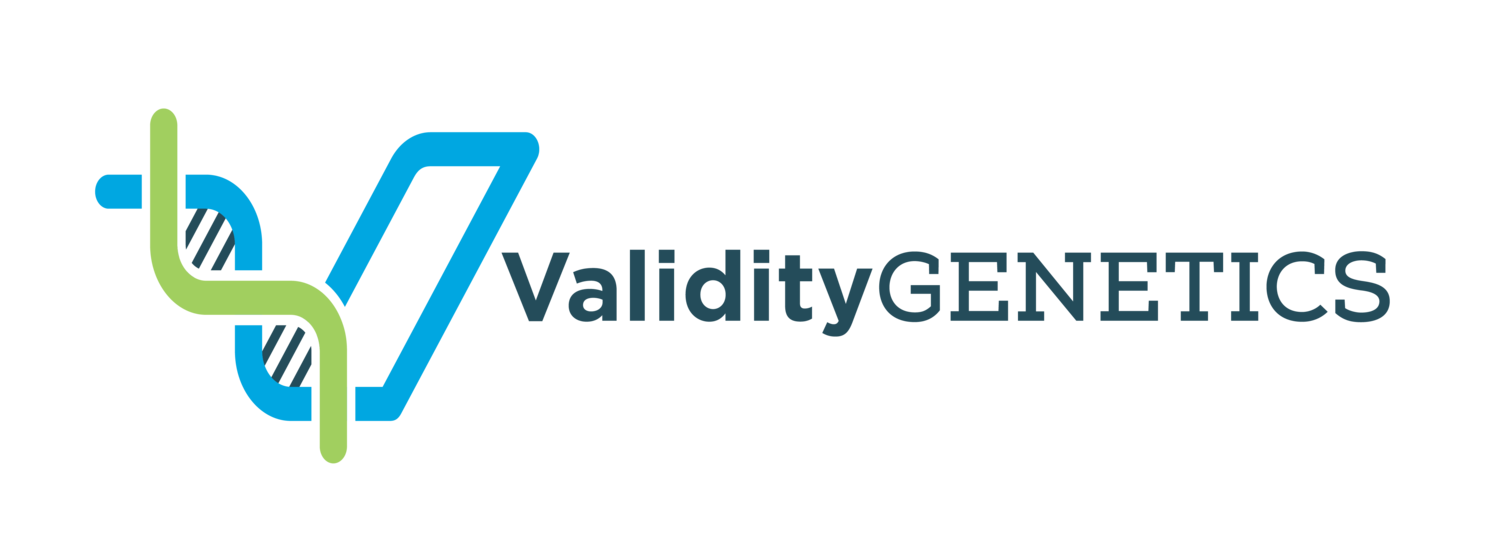Paternity vs Maternity Testing
Understanding the Differences and Similarities
When questions about biological relationships arise, DNA testing can provide definitive answers. Paternity and maternity tests are two common forms of relationship DNA testing, used to confirm biological connections between parents and their children. While they seem distinct, these tests are essentially identical scientifically—the primary difference is in the relationship being verified.
What is Paternity Testing?
A paternity test is used to determine whether a man is the biological father of a child. It's commonly used in cases involving child support, custody disputes, inheritance issues, and personal curiosity or confirmation.
Typical Uses of a Paternity Test:
Establishing biological fatherhood
Resolving custody or child support cases
Confirming fatherhood for inheritance purposes
What is Maternity Testing?
Maternity testing confirms whether a woman is the biological mother of a child. Though maternity is often clear at birth, there are circumstances—such as adoption reunions, hospital mix-ups, or immigration cases—where maternity tests become necessary.
Typical Uses of a Maternity Test:
Confirming maternal relationships in adoption cases
Resolving disputes from hospital birth errors
Immigration processes requiring proof of maternity
How Similar are Paternity and Maternity Tests?
The science behind both tests is fundamentally identical. Both involve collecting DNA samples (usually through a painless cheek swab), analyzing genetic markers, and comparing the profiles of the child and the alleged parent. If enough genetic markers match, it confirms the biological relationship.
Key similarities include:
Same method of DNA collection (cheek swabs)
Similar laboratory procedures for analyzing genetic markers
Equal accuracy rates (typically 99.99% accurate for confirming relationships)
Key Differences Between Paternity and Maternity Tests
The main difference lies in the relationship being established:
Paternity Testing: Confirms or excludes a biological father
Maternity Testing: Confirms or excludes a biological mother
Additionally, maternity testing is less common because maternity is typically evident at birth. However, in specific cases like adoptions or immigration, maternity testing is crucial.
Understanding Your Test Results
Both paternity and maternity tests deliver clear, straightforward results:
Positive Result: Indicates with high certainty (99.99%+) the tested parent is biologically related to the child.
Negative Result: Excludes the possibility of a biological relationship with near absolute certainty.
Choosing the Right Test for Your Needs
Deciding between a paternity or maternity test simply depends on the relationship you need to verify:
Choose Paternity Testing: To verify biological fatherhood
Choose Maternity Testing: To confirm biological motherhood, especially in adoption or immigration scenarios
Understanding this distinction helps ensure you select the right test, providing clarity in sensitive situations.
Making Informed Decisions About DNA Testing
Paternity and maternity tests are powerful tools that offer peace of mind and clarity in personal, legal, and familial situations. Recognizing their similarities and differences empowers you to make informed decisions and find the answers you need regarding biological parentage.





